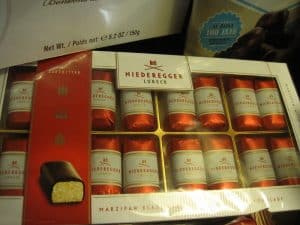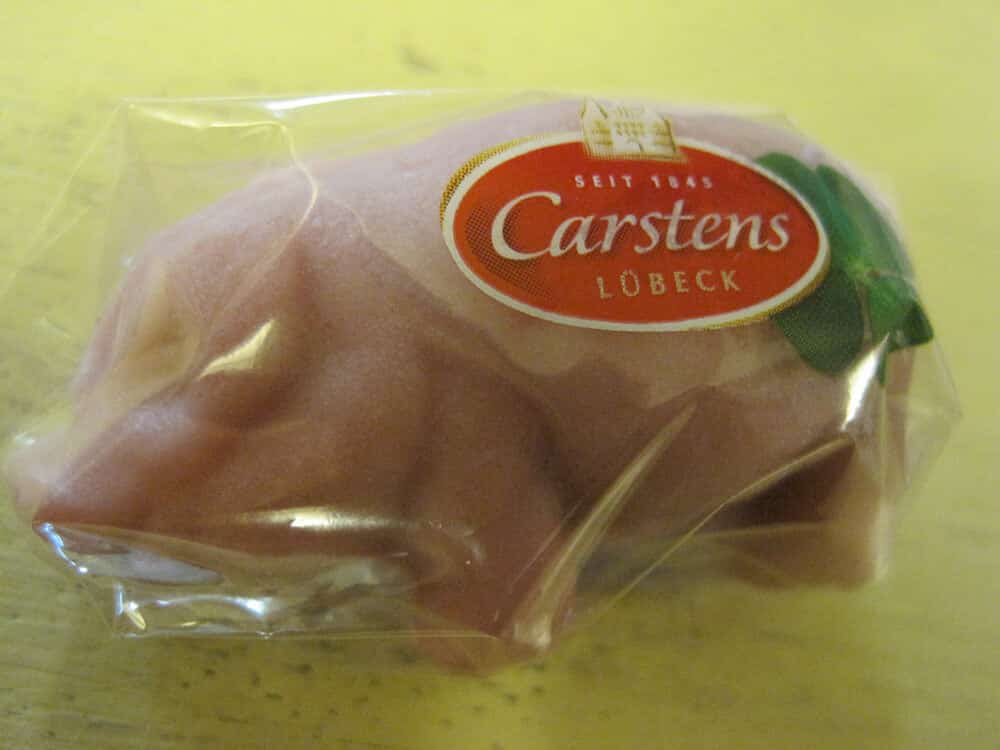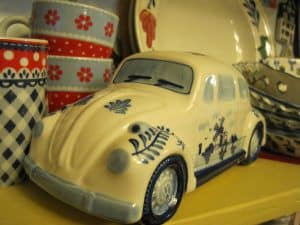 By our checkout we have a small container of marzipan pigs. People pick them up and ask what they are. That is when I explain the story of marzipan pigs. For the uninitiated, marzipan is a candy made from ground almonds. It can vary in quality, the best being in the class of the Niederegger classic gift box assortment you can see above. It’s a very traditional European confection at Christmas although we make sure we have some marzipan around all year round.
By our checkout we have a small container of marzipan pigs. People pick them up and ask what they are. That is when I explain the story of marzipan pigs. For the uninitiated, marzipan is a candy made from ground almonds. It can vary in quality, the best being in the class of the Niederegger classic gift box assortment you can see above. It’s a very traditional European confection at Christmas although we make sure we have some marzipan around all year round.
“Why the marzipan pigs?” People ask. Today when one only needs to run to the grocery store to pick up some pork chops, it is hard to imaging a time when only the very rich could afford to keep a pig all winter long without needing to butcher it. The tradition of giving marzipan pigs as gifts to family and friends arose out of that culture of subsistence farming. The gift of a marzipan pig during the Christmas holiday season is a wish for a prosperous new year. In Dutch we call such a gift an “aardigheidje”…a little present of thoughtfulness. Who are you thinking of this Christmas?
It would seem that piggie banks would be an automatic extension of the Christmas marzipan pig. However, the origin of piggie banks is totally unrelated. Originally money banks were made of a clay called pygg. When this evolved to making ceramic money banks in the shape of a pig is not known. Perhaps a potter’s apprentice took his master literally when he was told to make some “pygg” banks! Here are some money banks we brought in for Christmas gifts with a German influence but with a totally different result!






0 Comments